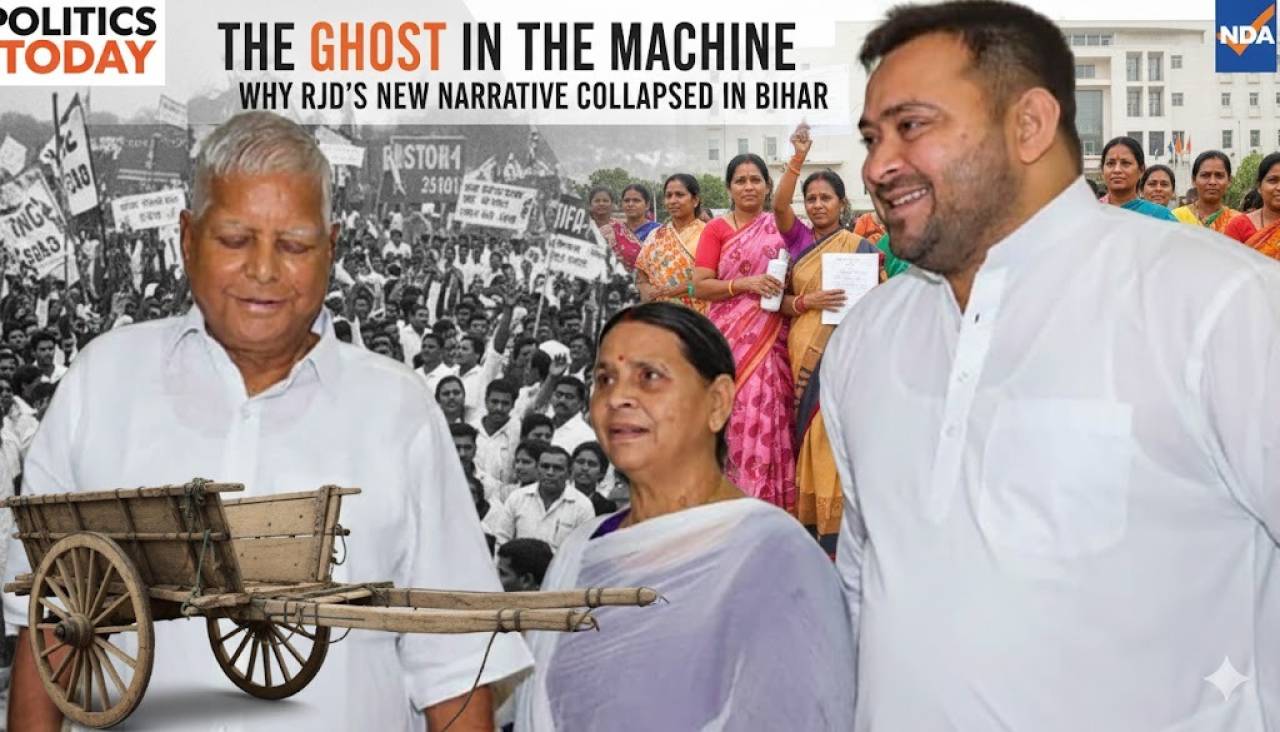
The Indian government has revived its long pending plan to merge three major public sector general insurance companies such as National Insurance Company, Oriental Insurance Company, and United India Insurance Company. This proposal, first introduced in 2018, had slipped into inactivity due to financial weaknesses within the companies. Its revival after seven years marks an important shift in the government’s strategy for the insurance sector. The new approach aims to create a single strong organisation that can stand firmly against private sector giants and future global competitors entering the Indian market.
A Renewed Push for Consolidation
When the idea of consolidation was first floated, all three insurers were struggling with heavy underwriting losses, weak balance sheets, and low solvency margins. The government had to repeatedly provide capital support to keep them stable. These challenges made the earlier merger plan difficult to execute, and it was eventually put on hold.
This time, however, the government’s perspective is more practical and grounded in financial realities. The renewed proposal focuses on improving long term strength, reducing vulnerability, and shaping a more resilient public sector presence. The core objective is clear in order to strengthen the general insurance ecosystem while reducing the pressure on government funds in the future.
By bringing the three companies together, policymakers expect to create a single, large insurer with the ability to operate efficiently and competitively. Such consolidation can help reduce overlapping costs, streamline management, and build a wider risk pool. A unified entity would also be in a better position to enforce stronger underwriting standards, which remain essential for long term sustainability. In many ways, the idea is to create a general insurance counterpart to the Life Insurance Corporation, which dominates the life insurance space.
Overcoming Past Challenges
Several factors that stalled the original plan have now shifted in India’s favour. One of the most significant changes is the recent improvement in the financial performance of these insurers. Although the companies continue to face legacy issues, including solvency concerns and dependence on regulatory relaxation, the return to profitability in recent quarters is a major step forward. This recovery has created a window in which a merger is not seen as a rescue mission but as a strategic realignment.
Another important change is the broader policy direction towards public sector reform. The government has already carried out consolidation in the banking sector to create fewer but stronger institutions. The insurance merger aligns with this larger plan to build more stable, competitive, and future ready public sector entities.
Why the Timing Matters
The merger proposal is taking shape at a time when India’s insurance market is opening its doors wider to global players. There is growing discussion about increasing foreign investment limits and encouraging international insurers to expand their presence in India. With stronger global participation expected in the coming years, it becomes even more important for India to have a robust public sector insurer that can hold its ground.
A consolidated general insurer could play a crucial role in several areas:
Competing Globally: A larger capital base, unified workforce, and integrated operations can help the merged entity compete effectively with international players who bring advanced technology and strong financial backing.
Increasing Insurance Penetration: The government’s vision of “Insurance for All by 2047” needs a strong institution that can reach underserved regions. A combined distribution network spread across urban, semi urban, and rural areas can support this national goal.
Boosting Innovation and Efficiency: Merging the companies will likely push the new organisation toward adopting modern technology, improving customer service, and designing products for emerging risks such as cyber threats and climate related losses.
Final Take
While the intent behind the Phoenix Project is ambitious, turning it into reality will demand careful planning. Integrating three separate companies is not a simple administrative exercise. It requires blending different work cultures, reorganising departments, merging data systems, resolving employee concerns, and handling complex regulatory processes. Any misstep can disrupt existing policyholders or weaken the company’s performance during the transition.
However, if the merger is executed smoothly and thoughtfully, it can reshape the future of India’s insurance landscape. A strong and unified public sector insurer will not only protect market balance but also support broader national goals related to social security, financial inclusion, and disaster resilience.
The revival of this plan marks an important moment for the industry. It signals the government’s intent to build institutions that are competitive, efficient, and aligned with India’s long term economic direction. If successful, the Phoenix Project will do more than create a larger company. It will create a stronger foundation for the country’s financial safety net.




















